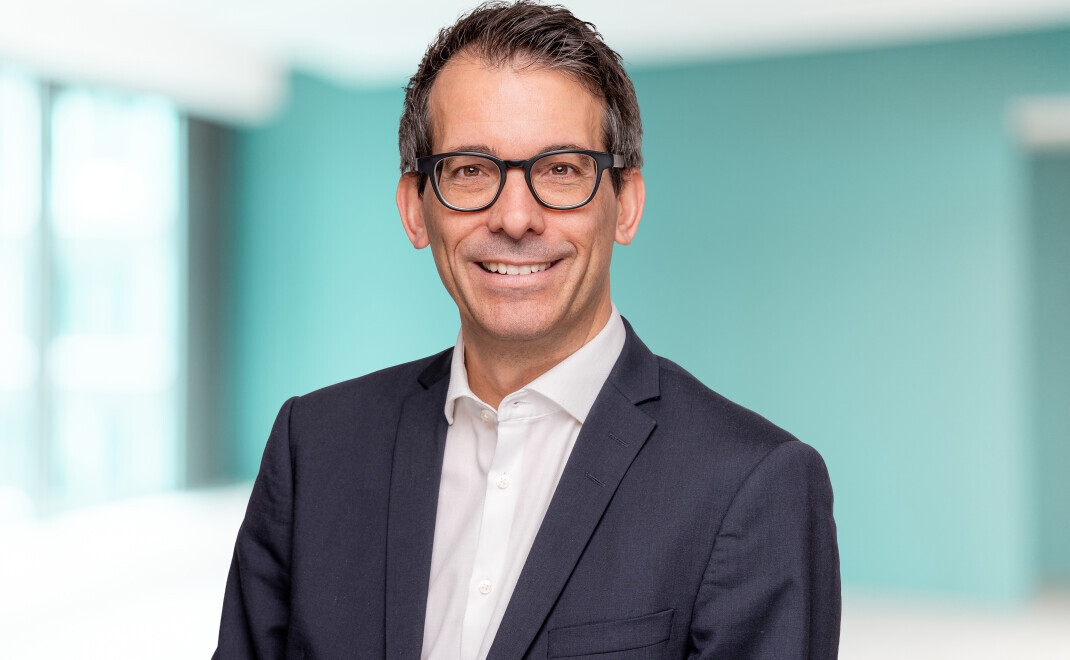Berenberg analysis: How single-family offices are investing their billions today

A Single Family Office (SFO) is a private organization dedicated to preserving and growing wealth. It combines financial, strategic, and organizational services: asset allocation, governance, succession planning, and the management of direct investments.
Key figures:
- Founding a company makes sense with assets of around 200 million euros or more.
- An estimated 1,200 SFOs in the DACH region
- Of these, 600-700 are in Germany
- No uniform legal form, largely unregulated
- Names often chosen discreetly (fantasy names)
A unique feature is that many SFOs do not explicitly identify themselves as such, but rather operate as family holding companies. This makes accurate counting difficult.
Five key questions about direct investments 1. Allocation ratio: How much wealth flows into direct investments?Direct investments play a central role. The allocation is not only rational but also emotionally driven – many entrepreneurial personalities want to be actively involved in business.
Development 2023-2025:| Direct equity stake | 2023 | 2024 | 2025 |
|---|---|---|---|
| No direct investments | 8% | 10% | 4% |
| less than 5% | 19% | 6% | 19% |
| 5-10% | 15% | 21% | 17% |
| 10-20% | 9% | 17% | 21% |
| 20-40% | 19% | 25% | 17% |
| over 40% | 30% | 21% | 21% |
Trend: The share of very high direct investment ratios (over 40 percent) fell from 30 percent (2023) to 21 percent (2025). Medium ratios increased – according to Berenberg, a sign of broader diversification.
2. Company phases: Where do SFOs get involved?More and more SFOs are investing in early stages:
Development by phases:
- Angel investments: 20 percent (2023) → 27 percent (2025)
- Seed investments: 40 percent (2023) → 53 percent (2025)
- Growth investments: 75 percent (2023) → 63 percent (2025)
- IPO phase: stable at 30 percent
Reasons for early-stage investments:
- Greater opportunities for design and participation
- Lower ratings, smaller ticket sizes
- Better risk diversification through multiple small investments.
- Strategic factors (proximity to family businesses, knowledge transfer)
- Tax advantages: Shareholdings of less than 25 percent can be considered privileged assets for inheritance tax purposes.
Sectoral preferences have shifted:
Development 2023-2025:
| sector | 2023 | 2024 | 2025 |
|---|---|---|---|
| Software & Analytics | 36% | 66% | 49% |
| Health Care/MedTech | 46% | 52% | 43% |
| industry | 34% | 26% | 43% |
| Real Estate/PropTech | 52% | 44% | 29% |
| Green Tech | 57% | 44% | 29% |
- Software & Analytics remains at a high level – tech-savvy principals prefer business models with low capital intensity.
- Healthcare remains strong
- GreenTech: Crash from most popular sector (2023) to last place (2025)
- Industry: Comeback after decline – moderate valuations create new opportunities
Deal sourcing:
- Primarily via internal network
- 32 percent use their own research teams (professionalization)
- Banks and conferences as important platforms
SFOs are not merely capital providers, but active shapers:
Level of involvement:
- 23 percent operationally involved (active management role)
- 34 percent strategically involved (supervisory/advisory board mandates)
- 31 percent variable depending on participation
- 12 percent pure financial investors
Conclusion: 88 percent of SFOs are actively involved in some way.
5. Exit strategies: Hold long-term or sell?The often-attributed "buy and hold forever" approach is not reality:
Exit strategies 2025:
- 61 percent have no clearly defined exit strategy (flexibility and agility)
- 33 percent want to sell.
- 25 percent follow a "buy and hold forever" strategy.
- Eight percent each prefer an IPO or a sale of the private equity stake.
Interpretation: The flexibility without a fixed exit strategy fits the entrepreneurial self-image – keeping several options open instead of rigidly committing to one.
ConclusionSFOs have adapted to changing conditions. They continue to invest heavily in direct equity stakes and act as active investors with clear management and value creation objectives. They are present in all stages of a company's development, but increasingly prefer early-stage investments. Software and healthcare dominate sectorally, while sustainable investments have declined in importance.
The level of professionalization is increasing in deal sourcing and investment management. Agility and flexibility characterize their exit strategies – only a minority pursue the often-attributed "buy and hold forever" approach. Their entrepreneurial mindset is not aimed at short-term profits, but at long-term value creation through capital invested in ideas, structures, and innovations.
private-banking-magazin

